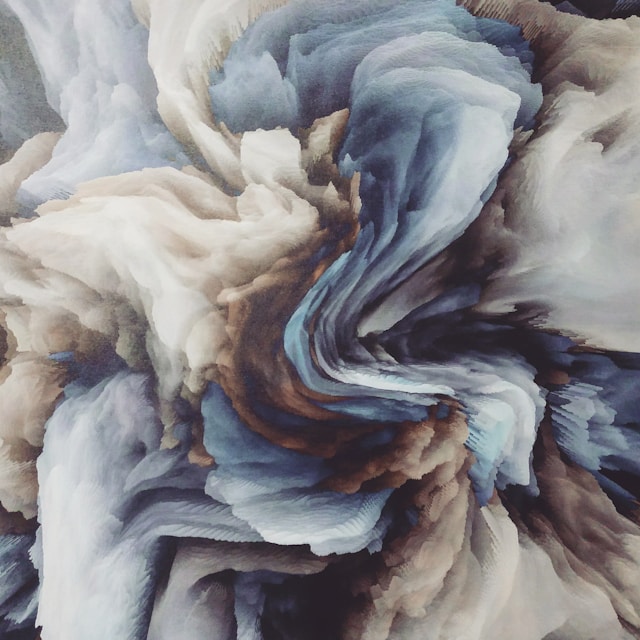
Episode 2: Japonisme — How Japan Captivated Paris
In the early 1980s, when black-dominated outfits lined the runway of the Paris Fashion Week, the audience was greatly shocked. The designers were Yohji Yamamoto and Rei Kawakubo, among other Japanese designers. In a Paris where glamorous and body-emphasizing styles were mainstream, their designs, called "the shock of black," drew both admiration and confusion. Fashion magazines and newspapers described them as "mysterious Japanese" and "avant-garde messengers from the East."
Why were they perceived as such "different" figures? The background lies in the West’s long history of portraying Japanese culture as "exotic" and "mysterious." During the 19th-century Japonisme era, kimonos and ukiyo-e were enthusiastically consumed as "Eastern fantasies." In this context, the Japanese designers of the 1980s were positioned as a continuation of this fascination. Cultural theorist Edward Said called this Western gaze "Orientalism."
The origin of this "exotic fascination with Japan" goes back to the late 19th century. In Paris, street corners, cafes, and ateliers began to overflow with intriguing and captivating "Japanese forms." The vivid colors of ukiyo-e, the delicate curves of fans, and the serene beauty of tea utensils—Europeans, who had never known such foreign beauty, were captivated, giving birth to Japonisme.
At the 1867 Paris World Exposition, Japanese crafts and decorative objects were introduced in earnest for the first time, attracting significant attention. This exhibition stimulated the creative drive of painters and designers, and even Van Gogh and Monet incorporated these influences into their works.
However, such exhibitions were not just venues for "cultural exchange." As anthropologist Henrietta Lidchi (1997) pointed out, international expositions and museums of the 19th–20th centuries served as instruments supporting the imperialist perspective of Europe. Exhibits were arranged according to evolutionary hierarchies, reinforcing the contrast between "civilized" and "uncivilized." Oxford's Pitt Rivers Museum is a typical example, positioning various ethnic cultures along a developmental scale.
Within this framework, Japanese crafts were also represented as "exotic" and "primitive," seen by Western audiences as the "exotic other." Thus, Japonisme was both an artistic innovation and a phenomenon shaped by imperialist gazes.
Today, the ukiyo-e exhibitions in Paris museums and the influence of Japonisme in contemporary design are remnants of the Japanese boom that began over 140 years ago at the World Exposition. Behind this lie both the creativity opening new possibilities in art and the imperialist gaze. The combination of dazzling yet complex cultural exchange is the charm of Japonisme and a historical narrative to be re-examined.
References & Links
- The Met: Japonisme in Western Art
- British Museum (Japanese collections)
- Museum of Fine Arts, Boston: Asia Collection